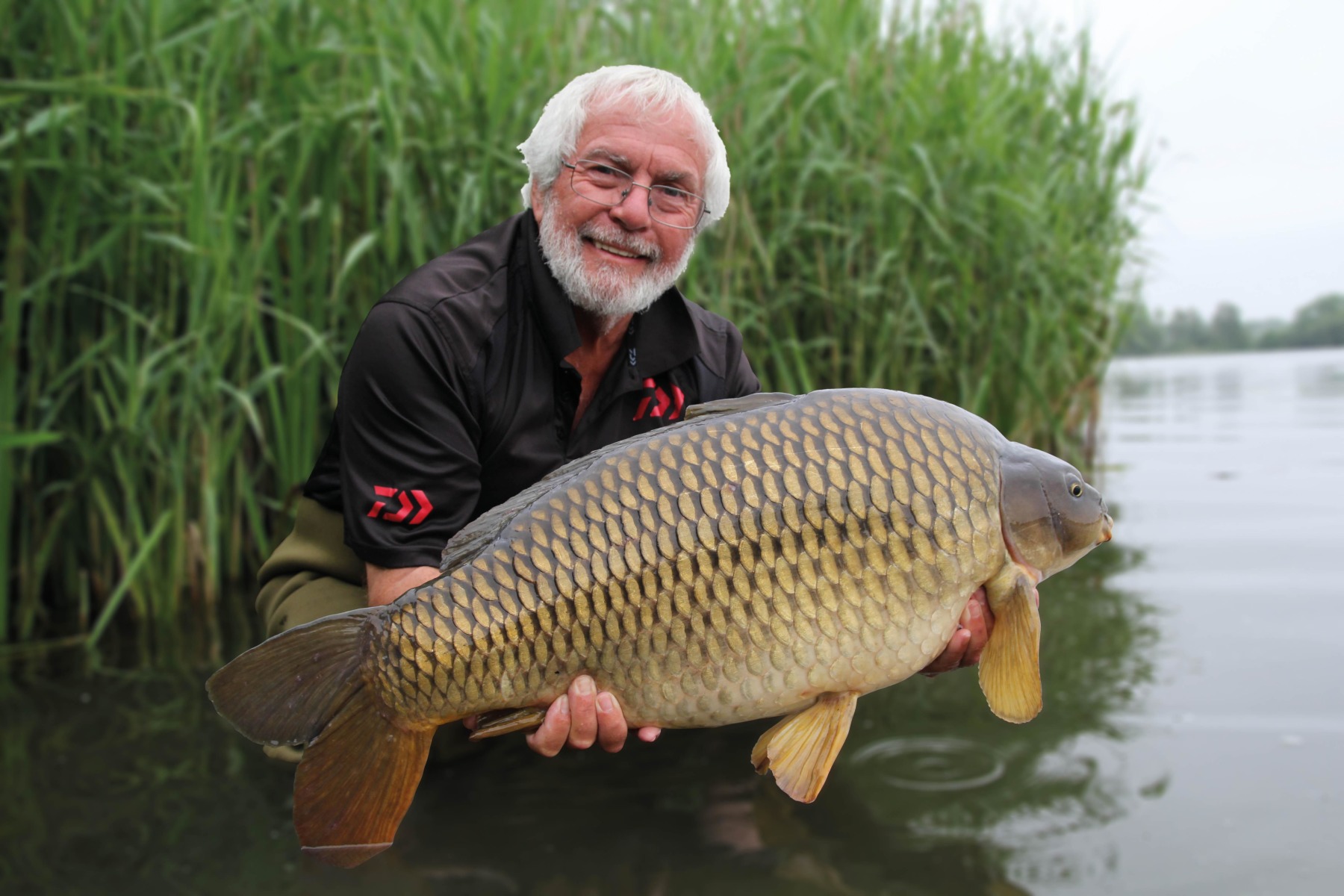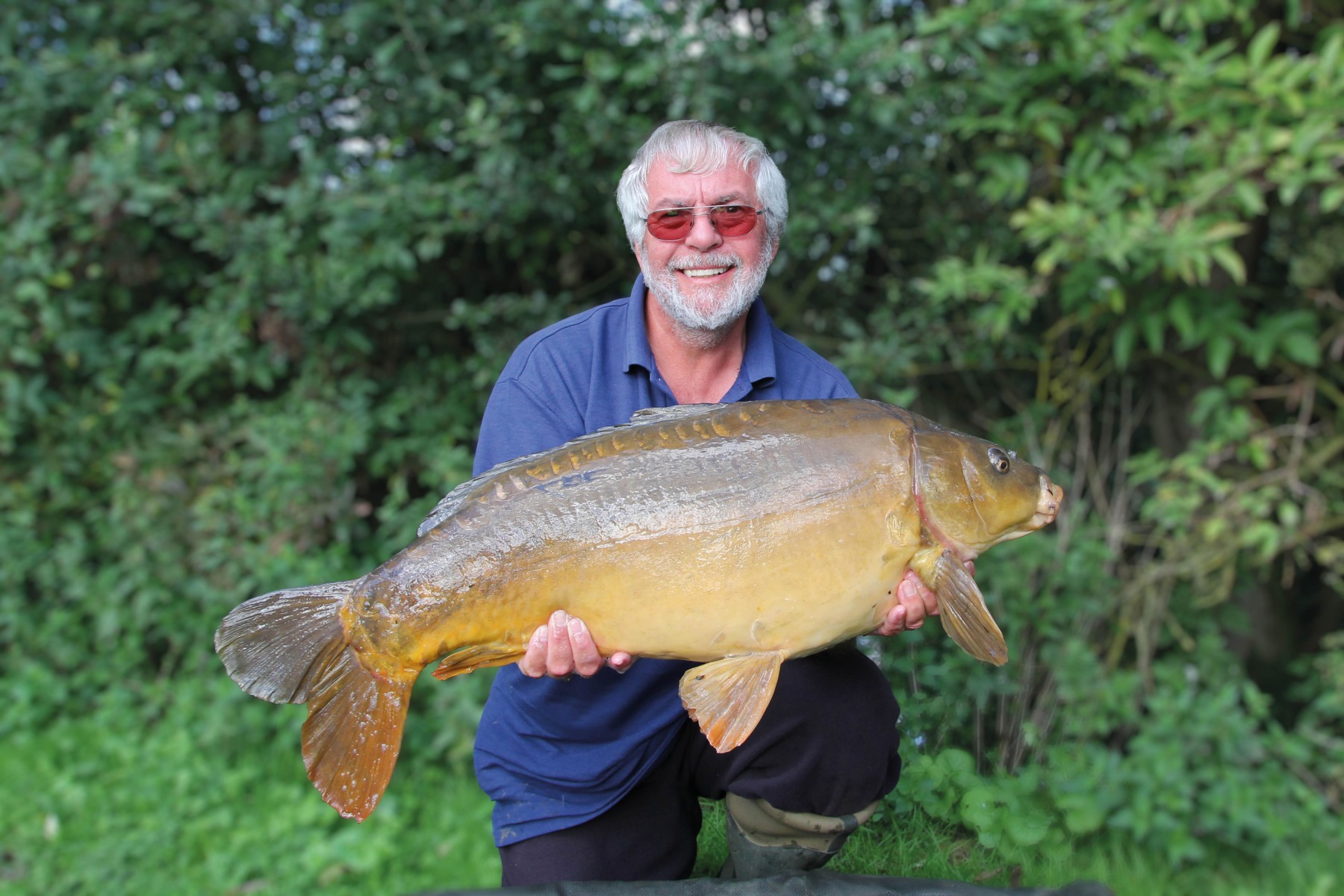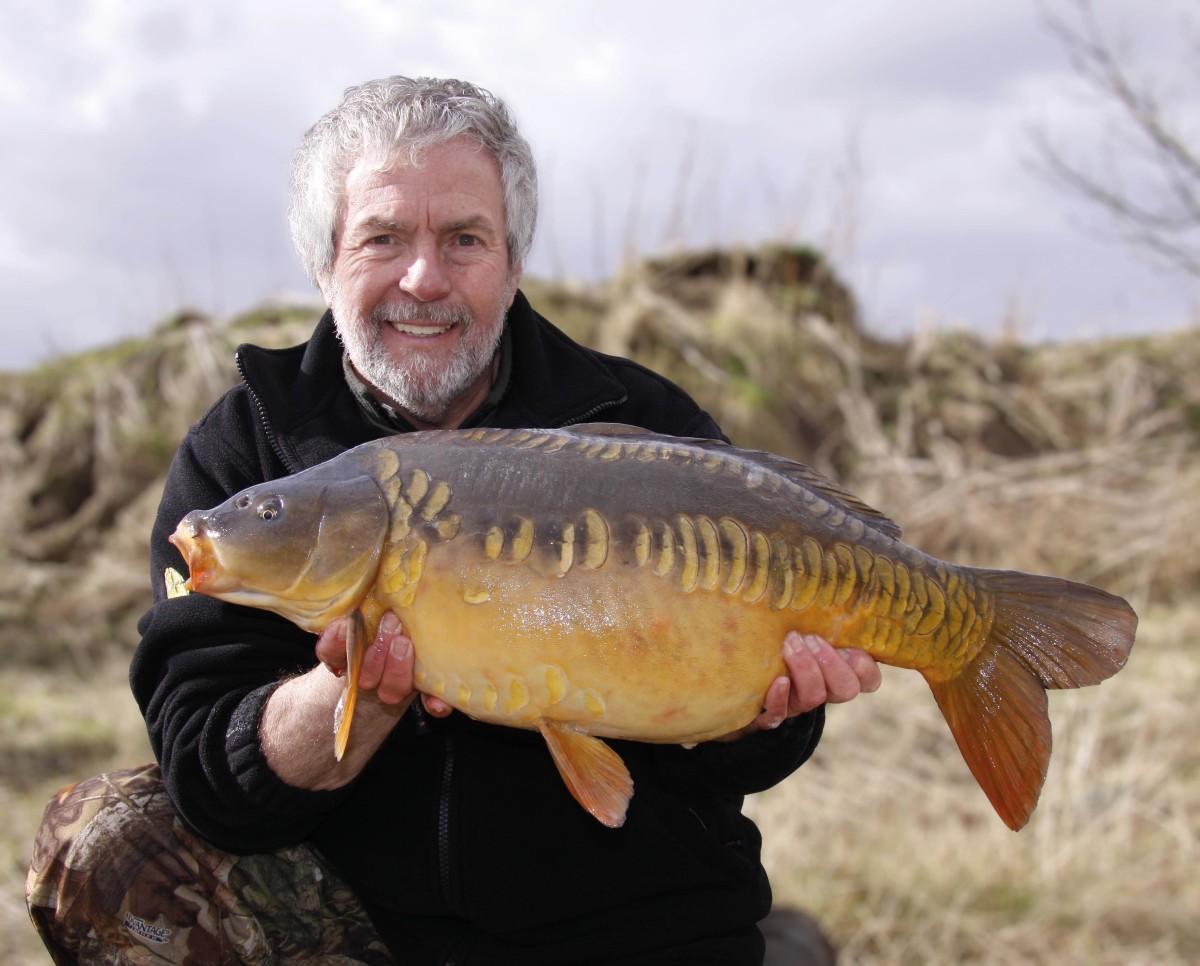
'Bait For A Bite' VS 'Setting A Trap'
Brian Skoyles breaks down baiting approaches into two recognisable methods, explaining how each works, and why
What is your thinking behind these two approaches?
“You really have to go back in time a little to understand the basics of these two ways of using bait. When I started carping, you hadn’t the choice. All bait application at that time could be regarded as baiting for a bite, because very few of the baits available were nuisance fish-proof; most could be whittled down and devoured in a relatively short time. I remember fishing with various pastes for several seasons. The bait caught me a lot of carp, but I had to work at it.
“The normal routine would be to mould a large blob of paste around a big hook, which would be cast out underarm. A few spare bits of paste would then be thrown around it. Usually, after a short while, there would be little lifts of the bottle top or knocks on the rod end. When they stopped, you wound in to find a bare hook. Then it was time to repeat the process, so it was basically baiting for a bite each time.
“Eventually, the boilie came along, and we learned how to make and use baits that were relatively small fish-proof. We were then able to cast our hookbait out and leave it, safe in the knowledge that it would still be there when anything carpy came along. We were also able to set traps well in advance of anticipated feeding spells.”
What exactly are ‘Bait for a Bite’ and ‘Setting a Trap’?
“Bait for a Bite is basically the use of small quantities of feed-bait and a hookbait in an effort to produce a reasonably quick response from what are usually visibly active carp—fish topping, bubbling, etc. Just watch a top match angler feeder-fishing for the perfect example of bait for a bite. The approach works just as well in carp fishing, as you top up your swim after each fish.
“Setting a trap is more about selecting a nuisance fish-resistant bait and placing it in an area you expect fish to visit in the future. As a classic example, you might bait late afternoon or early evening, for instance, in anticipation of feeding fish visiting an area the following morning.”
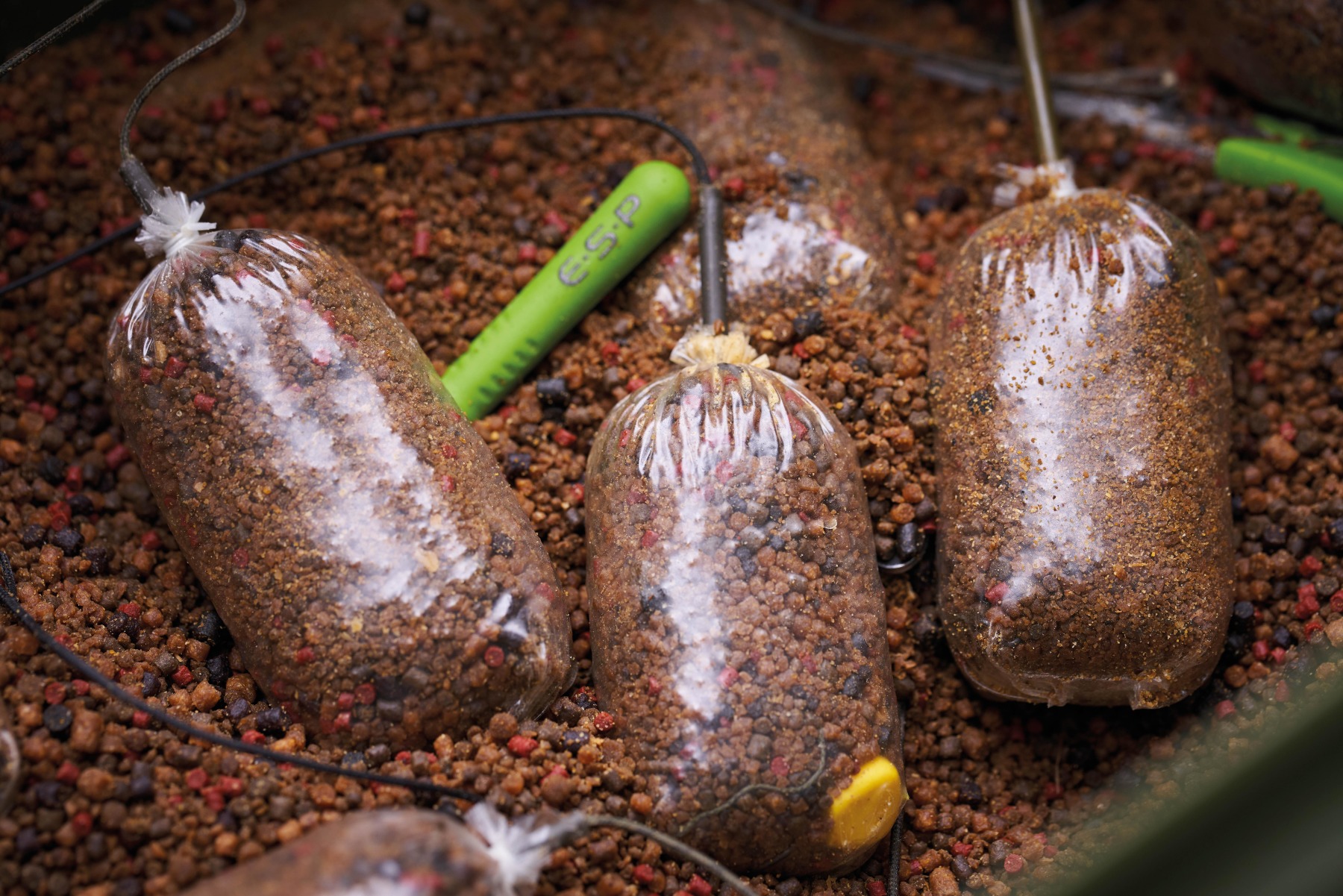
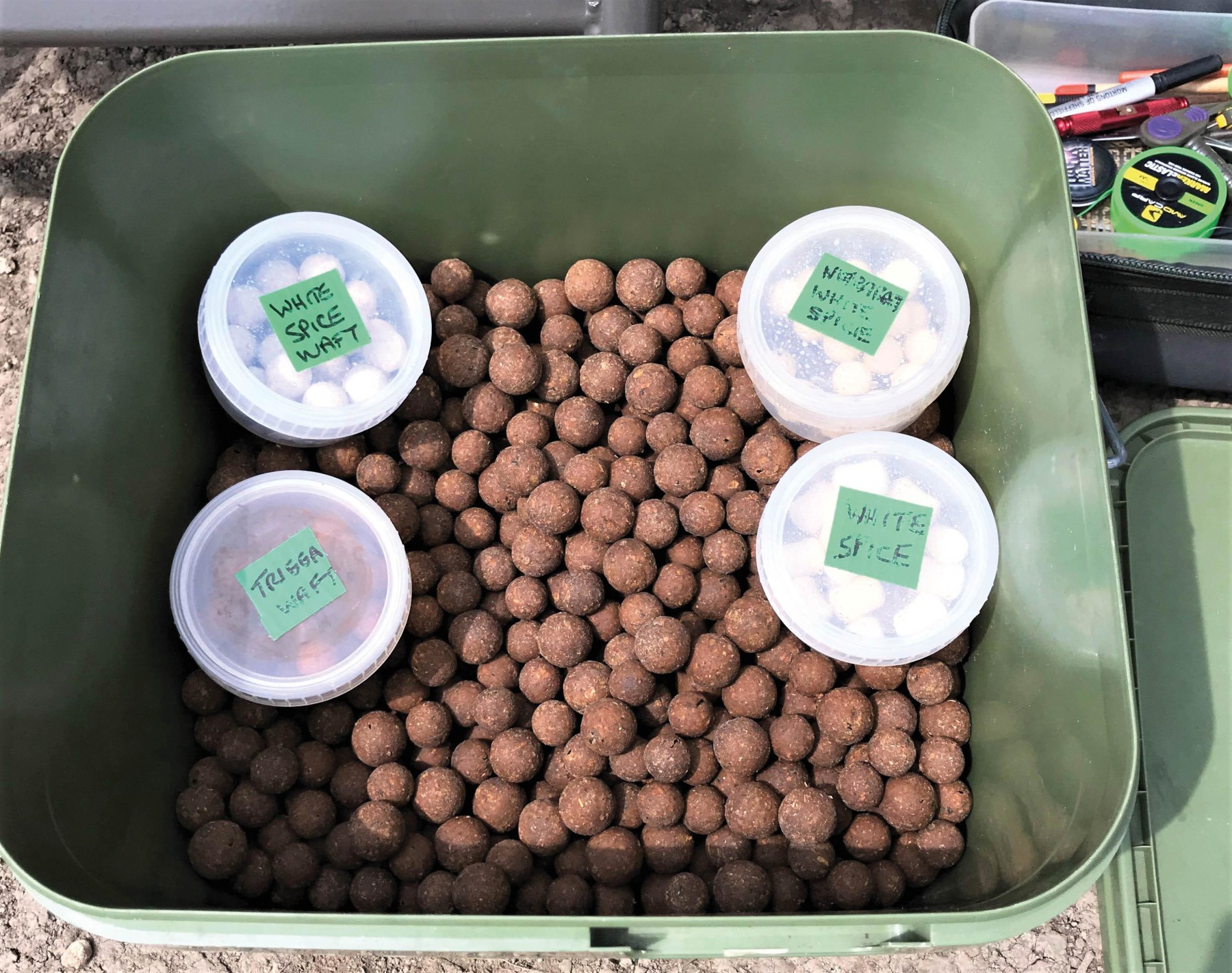
Do they suit different waters?
“The simple answer would be yes, with bait for a bite working best on heavily stocked, ‘hungry’ waters, and setting a trap more suited to pressured waters where the fish have learned to be more nervous of bait.
“The above is a very simplistic answer, and such would be the case if every day was predictable, and fish always behaved the same through each 24hr period, but they don’t, so in reality, things aren’t as simple as that. The better anglers will consider the conditions, the length of their session, expectations on the day, and will then bait accordingly.
“In theory, 48hrs on a tricky, heavily pressured water would more than likely see me going down the route of setting a trap and using reasonable quantities of bait. An evening session on a so-called runs water, however, would have me baiting for a bite and being much more cautious with how much free bait I introduce.”
Are there baits that work best with each approach?
“Particle, pellet, crushed boilies and maggots, in various combinations, are the norm for bait for a bite, with a few Spombs or PVA bags cast after each fish to keep the bites coming. I prefer a (good quality) boilie-only approach when setting a trap, and once I’ve baited up and cast out, I am very reluctant to disturb the swim, unless I’ve had a take.”
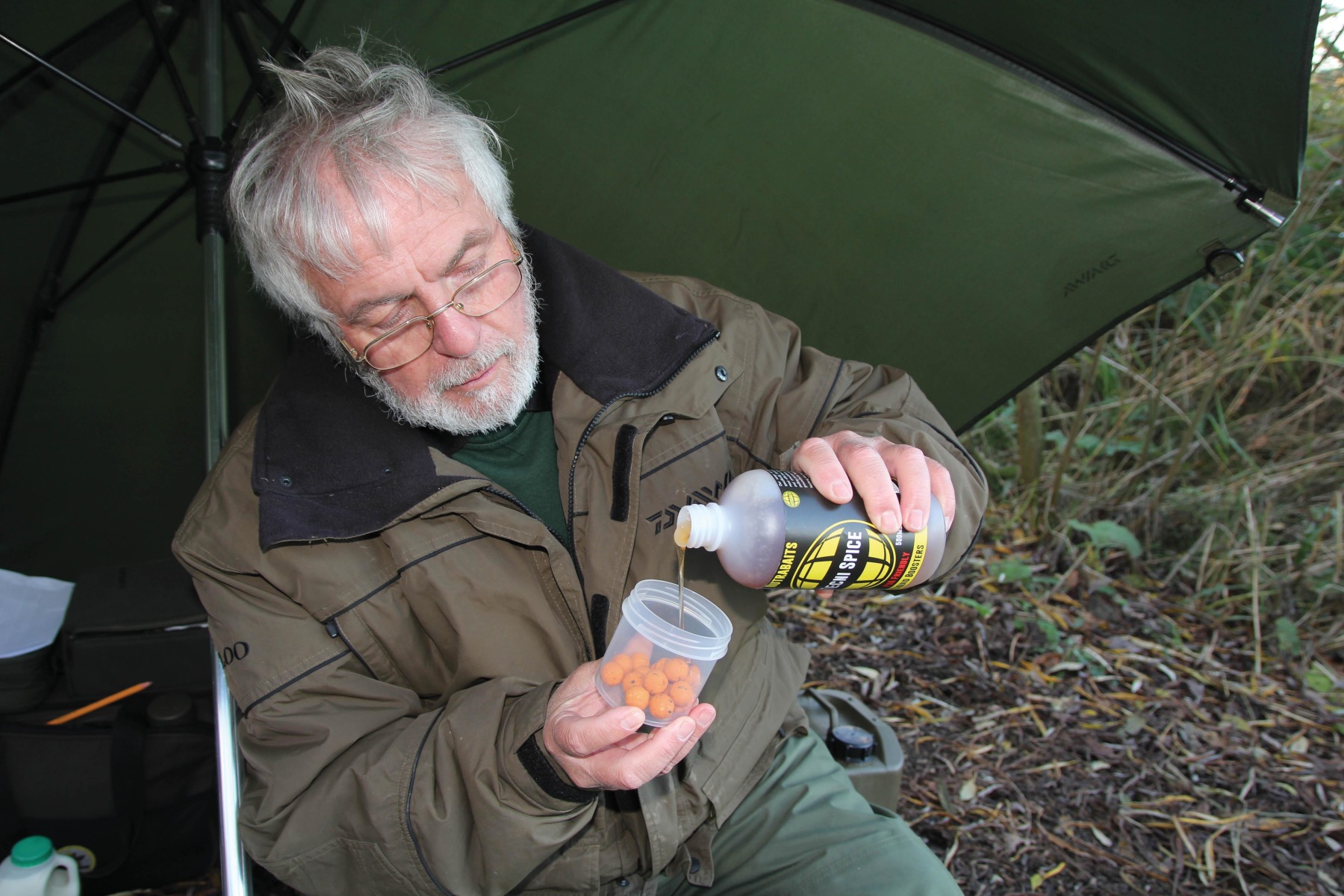
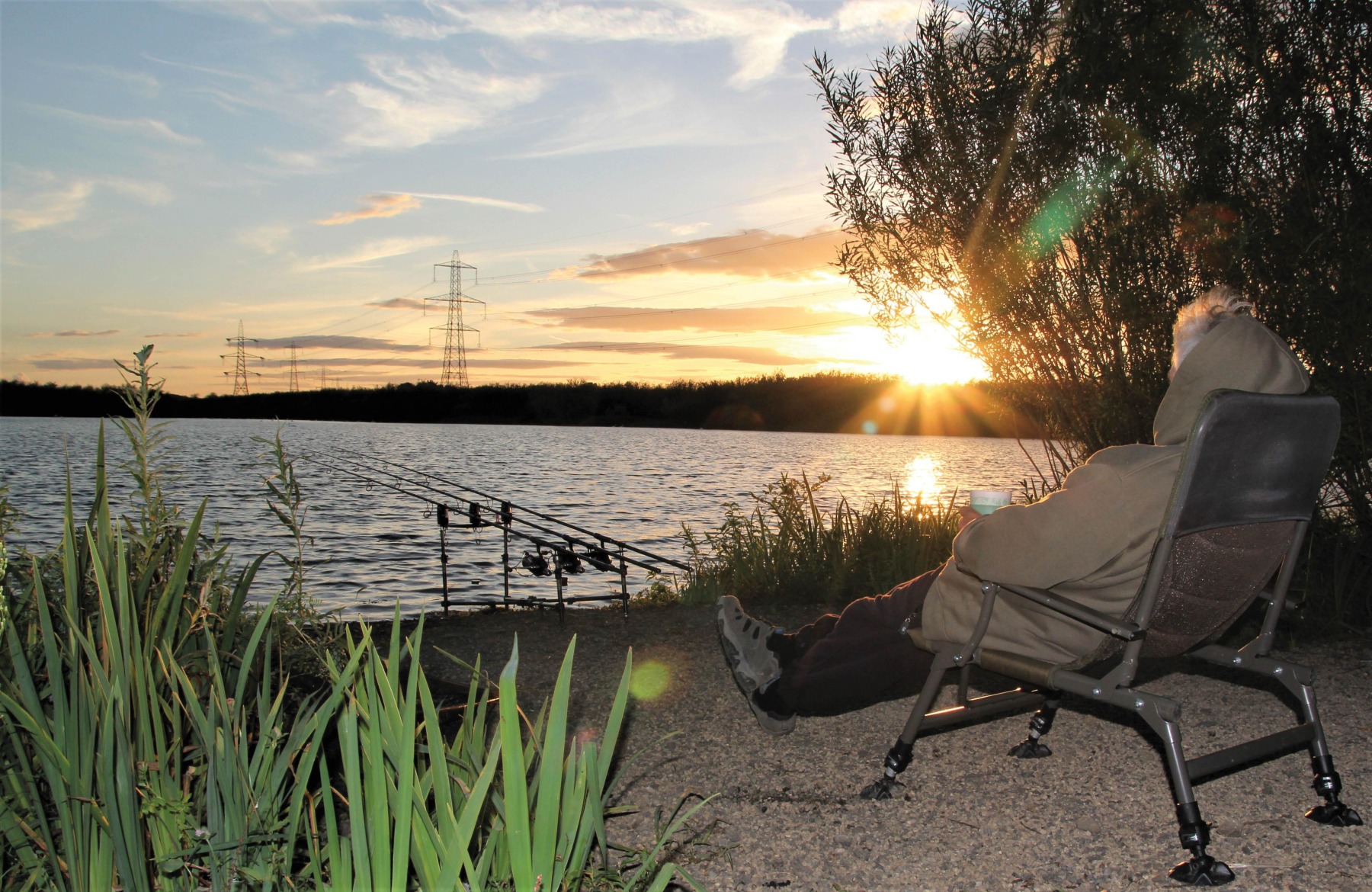
Are there differences in how you introduce the bait?
“Very much so. Setting a trap is an approach that requires patience, when targeting wary fish. You’re playing the long game, so you have to accept that you are gambling on how the fish will behave sometime in the future. As a result, you are less bothered about disturbing the swim as you set the trap. It can take time with the catapult, throwing stick or Spomb to get the swim baited up. Once that’s done, it’s time to sit on your hands and wait for the fish to react, which can take several hours, or even days.
“Bait for a bite is much more a short-term approach, one for conditions that suggest fish will respond to a food stimulus, such as fish topping in your swim on a heavily stocked water. You want to turn that into targeted feeding activity. Providing them with a food stimulus can prompt a take, provided you can do so without spooking them from your swim. A small quantity of bait is all that’s required, and in some cases this will result in an increase in activity. You’re banging the dinner gong. It’s basically the little-and-often approach versus pile it in and pray, so to speak.”
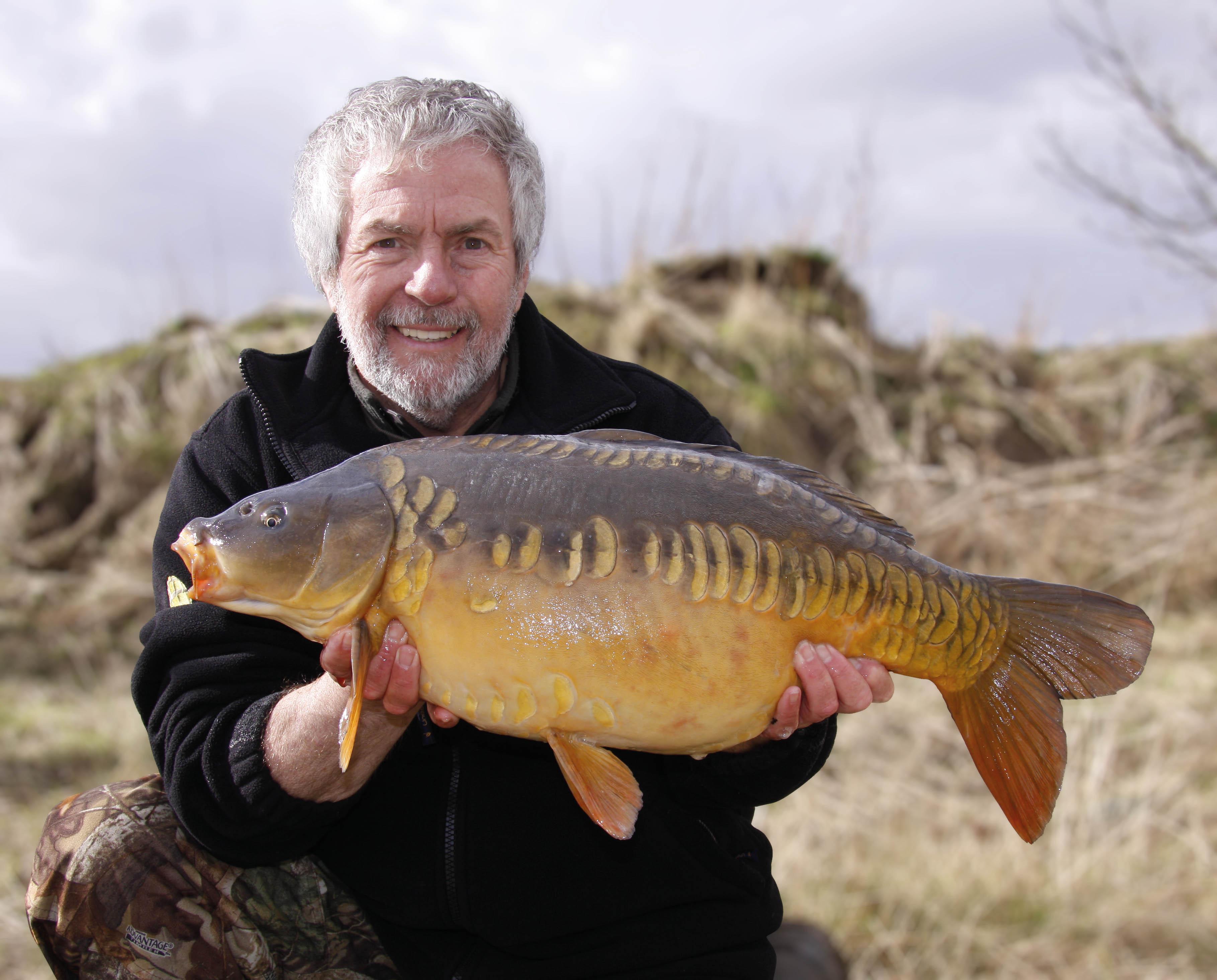
Can the two approaches overlap?
“Regularly. You might start by setting a trap, and may have baited heavily early evening expecting action the following morning. If your stars have aligned, however, and you’ve had several fish overnight, chances are most of your bait has been eaten. You’ve already had fish, you have nothing to lose, so you can top up your swim with confidence.”
Are there problems with either approach?
“There can be, as the two are not compatible. It’s not a problem if you are fishing in isolation, as you can pick your approach without interference. It can be a major problem if you’re on a busy water, though. Setting a trap can prove ineffective if the angler in the next swim is baiting for a bite and regularly topping up their swim. Having said that, there are times when not disturbing your swim can be an advantage. Fish might move into yours, away from the noise of bait being introduced nearby. This is where experience and watercraft can pay dividends.”
